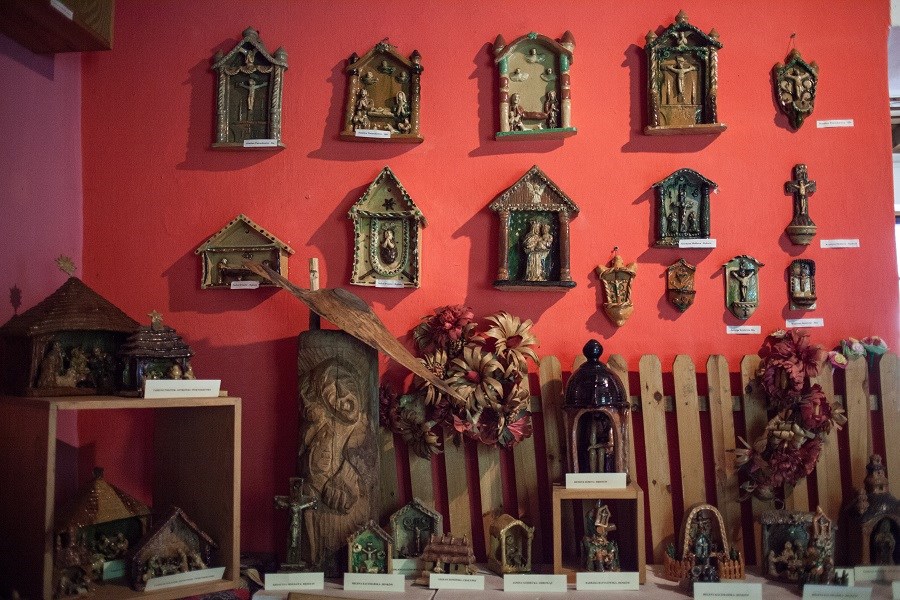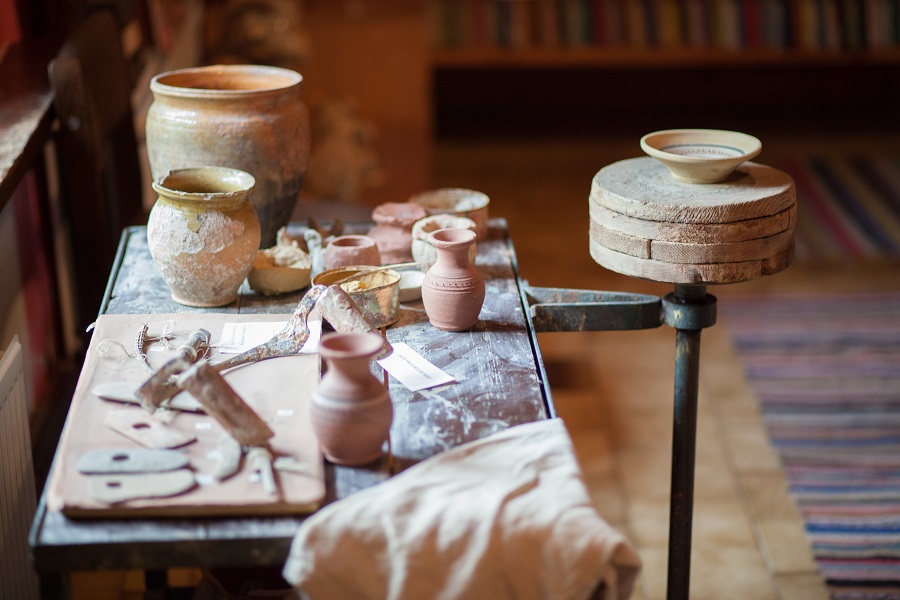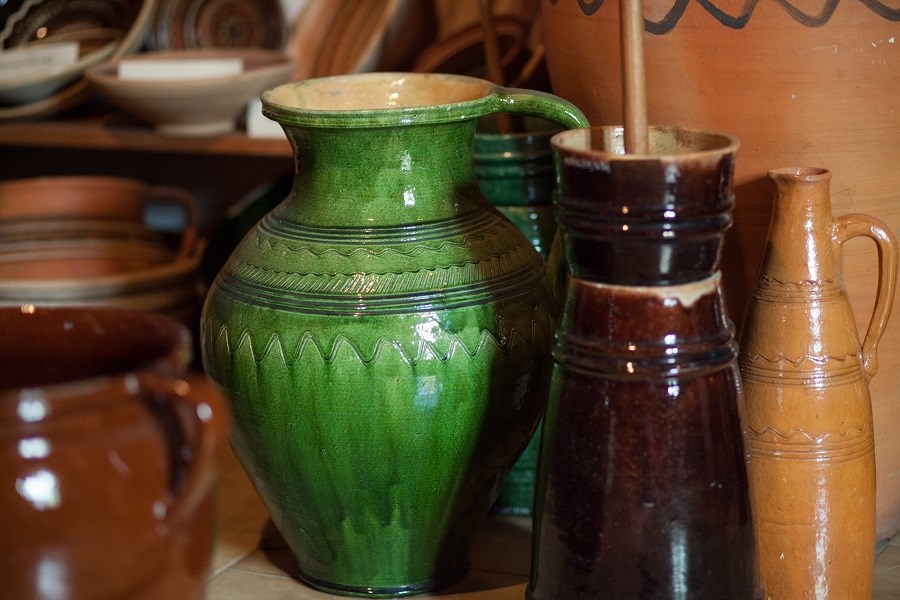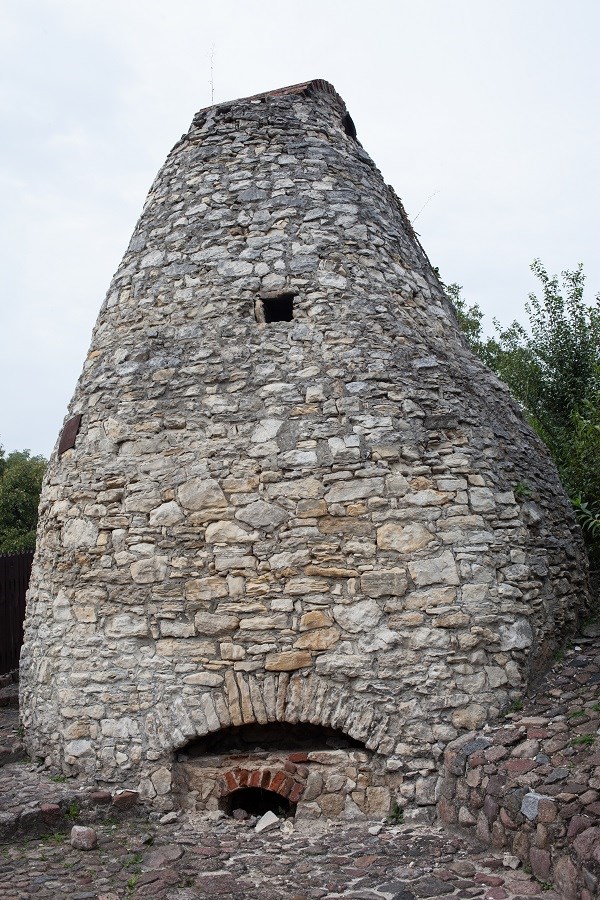Even the building of the Regional Museum in Iłża arouses curiosity. This comes from a historic building of 1754, which was originally a shelter for the poor. The museum was established here in 1972. The collection of the museum originated from approximately 500 exhibits, collected by Iłża regionalists, via whose initiative this unique institution was established. Currently there are approximately 2,000 exhibits in the collection in the areas of ethnography, archaeology, history, numismatics and art. Among the gathered collections of the permanent exhibition, a large part are examples of old pottery, as from the Middle Ages Iłża was one of the most important pottery centres in the country. Iłża folk pottery developed at a time when glass and metal vessels replaced clay pots. Then plates and vases appeared, adorned with characteristic applied decoration, as well as statues of saints, birds, animals and humans, based on careful observation of nature. When in Iłża you should also see the several-metre long kiln from the mid-nineteenth century, used for kilning ceramics. It is located at ul. Wójtowska 63.
The Sunderland faience factory, founded in Iłża in the first half of the nineteenth century, was the major factor in the collapse of the craft. After World War II Iłża potters were producing mainly “Cepelia” (Polish Art and Handicraft) ceramics – which enjoyed recognition at home and abroad. The most important part of the collection of ceramics in the Iłża Museum is a collection of folk pottery of the defunct Folk Crafts Cooperative “Chałupnik” in Iłża.
The structure of the Museum’s archaeological section was divided to collect findings dating from the Neolithic to the early Middle Ages. In essence, these are tools and utensils. A large part of the exhibits were found during excavations carried out in the early medieval settlement in Iłża.
Another branch is historical and artistic collections in the field of art and history, linked to, among others, the history of the Iłża castle, the period of World War II and guild documents. The biggest, meanwhile, is the ethnographic department, numbering about 1,000 exhibits. These are collections of folk pottery and examples of rural crafts, and clothing and textiles.
One noteworthy museum collection is of dolls in folk costumes. They were made of original materials by folk artisans. Also commanding interest is a collection of Judaica within the permanent exhibition which presents among other things: the Torah, a Mezuzah, a wedding ring, the Menorah, Tefillin, Hanukkah lights, the Kiddush glass for Pesach, besamim containers, knockers.
In addition to the permanent exhibition, the museum also organises temporary exhibitions and museum lessons aimed at children and teenagers. Some of the nine themed lessons can be conducted outside the base of the Museum. Classes are for groups of 15 – 30 people and last from 30 minutes to 1 hour.
The facility also performs other tasks. The Museum runs tourist activity through leading tours and the distribution of regional souvenirs. It also organises and conducts excavations.











